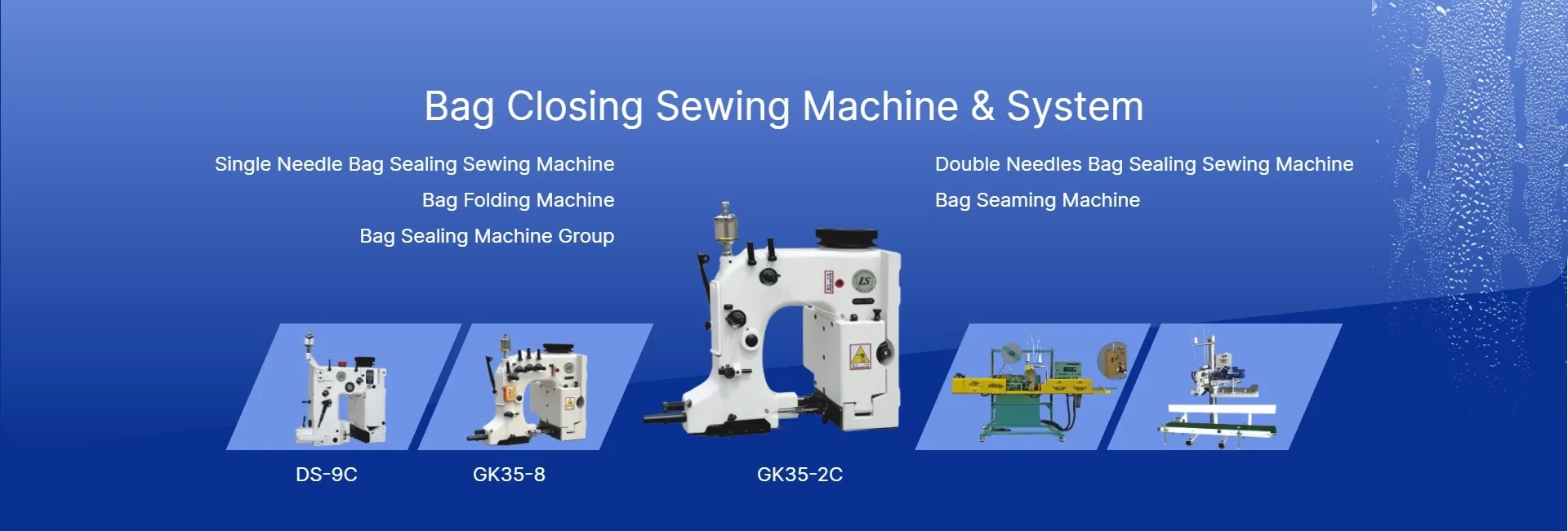Exploring the Features and Benefits of Upholstery Sewing Machines for Home Projects
The Essential Role of Upholstery Sewing Machines in Furniture Design
Upholstery sewing machines have become indispensable tools in the world of furniture design and manufacturing. They are specifically engineered to handle the unique challenges posed by upholstery projects, allowing artisans and manufacturers to create high-quality, durable, and aesthetically pleasing upholstered furniture. This article explores the significance, functionality, and advancements of upholstery sewing machines, shedding light on why they are crucial in today’s design landscape.
Understanding Upholstery Sewing Machines
Upholstery sewing machines differ from regular sewing machines in several key ways. They are built to accommodate thicker fabrics, multiple layers of material, and heavy-duty threads that are essential for crafting upholstered items such as sofas, chairs, and headboards. These machines often feature a walking foot mechanism, which helps in feeding multiple layers of fabric evenly and prevents shifting during the sewing process. This capability is vital for ensuring that seams are straight and consistent, which directly impacts the quality of the finished product.
Moreover, many upholstery sewing machines come equipped with specialized feet and attachments that allow for versatile stitching styles. From decorative stitching to functional seams, these machines cater to a variety of upholstery techniques that enhance both appearance and durability.
The Importance of Quality Sewing in Upholstery
Seam integrity is of utmost importance in upholstery, where garments undergo significant stress and wear. Poor quality stitching can lead to frayed edges, unraveling seams, and a decrease in overall durability. Upholstery sewing machines are designed to create strong, reliable stitches that withstand the rigors of daily use.
In addition to durability, the aesthetic appeal of upholstered furniture relies heavily on the quality of the stitching. Neat and precise seams contribute to a refined look, showcasing the craftsmanship involved in the creation of the piece. Upholstery sewing machines, with their advanced features, ensure that every stitch enhances the overall design, giving furniture a polished and professional finish.
upholstery sewing machine

Technological Advancements
Over the years, upholstery sewing machines have seen significant technological advancements that have improved their efficiency and functionality. Modern machines often incorporate computerized systems that provide users with enhanced control over stitching patterns, speeds, and thread tension. This not only streamlines the sewing process but also allows for greater creativity in design.
Furthermore, the introduction of eco-friendly materials and sustainable practices in the upholstery industry has prompted manufacturers to develop machines that can handle these modern fabrics effectively. Upholstery sewing machines are now capable of working with recycled and organic materials, aligning with the growing trend of sustainability in furniture design.
The Future of Upholstery Sewing
As the demand for customized and high-quality upholstered furniture continues to rise, the role of upholstery sewing machines is more critical than ever. They enable designers to push the boundaries of creativity, experimenting with various materials, textures, and patterns to create unique pieces that cater to diverse consumer tastes.
In the future, we can expect further innovations in upholstery sewing technology. Integrating artificial intelligence and machine learning may revolutionize how these machines operate, allowing them to learn from user habits and preferences. Additionally, advancements in automation could enhance production speed while maintaining high-quality output, making it easier for manufacturers to meet consumer demand.
Conclusion
Upholstery sewing machines are not merely functional tools; they are the backbone of the upholstery industry. They combine technology, craftsmanship, and creativity to produce furniture that is both beautiful and durable. As the industry evolves, these machines will continue to play a vital role in shaping the future of furniture design, enabling artisans and manufacturers to create bespoke, high-quality upholstered pieces that cater to the ever-changing tastes of consumers. The importance of investing in reliable and efficient upholstery sewing machines cannot be overstated, as they are essential for anyone looking to thrive in this dynamic and artistic field.
-
Heavy Duty Leather Sewing Machine: A Must-Have for Professional LeatherworkNewsMay.28,2025
-
Leather Sewing Machine: Essential for High-Quality LeathercraftNewsMay.28,2025
-
Extra Heavy Duty Sewing Machine for Premium Leather ApplicationsNewsMay.28,2025
-
Walking Foot Cylinder Arm Sewing Machine: Precision and Power CombinedNewsMay.28,2025
-
Industrial Cylinder Arm Sewing Machine: Engineered for High-Performance StitchingNewsMay.28,2025
-
Cylinder Bed Sewing Machine: A Powerful Solution for Precision StitchingNewsMay.28,2025
-
Zigzag Sewing MachineNewsMay.12,2025





























